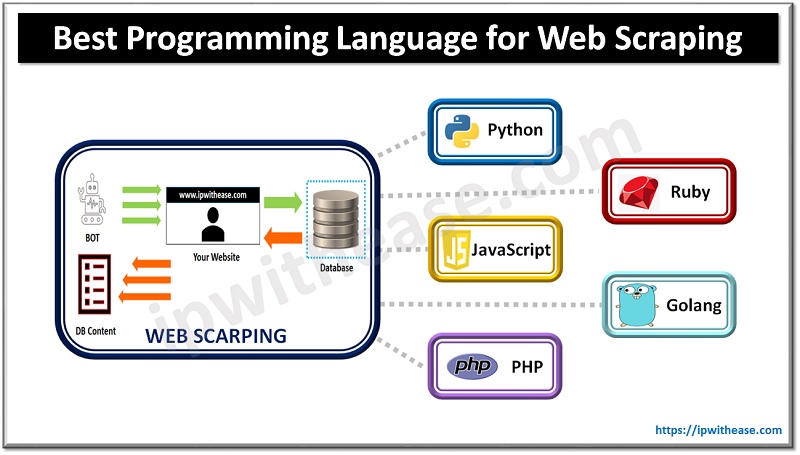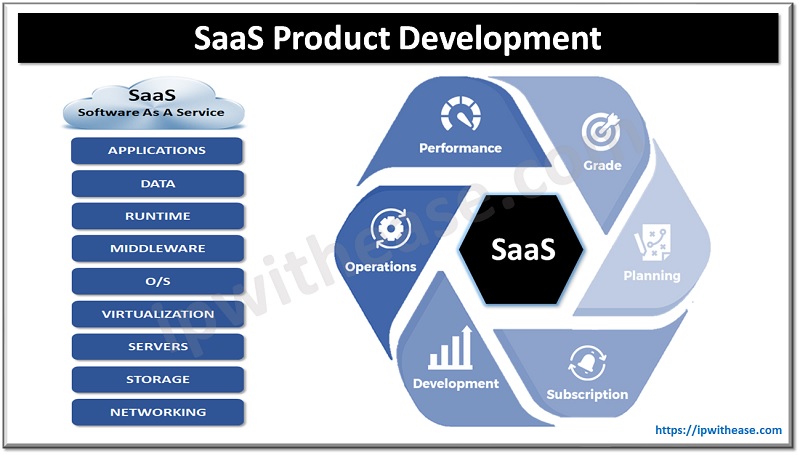The last couple of years marked a period of rapid transformation in information technology. Networking, in particular, went through significant improvements to keep up with the changing needs of businesses and consumers.
The rise of the work-from-home setup and the growing reliance of businesses on digital and online commerce entailed the need for more reliable and faster connections. At the same time, the surge in online activity created more opportunities for threat actors. Thus, enhanced cybersecurity is needed to address vulnerabilities and protect networks and transactions from cyber criminals.
One technology that has risen to prominence in view of all these is SD-WAN or Software-Defined Wide Area Networking. This relatively new approach to networking has been gaining popularity due to its ability to provide increased flexibility, scalability, and cost savings over traditional WANs. Some say it is changing the game for IT teams. It is impacting networking in a number of favorable ways.

SD-WAN: An overview
SD-WAN is essentially the application of software-defined networking concepts to distribute network traffic across WAN. It is not some new tech. Its origin goes back to the early 2000s with the rise of software-defined networking. The earlier iteration of this technology involved the use of hardware-based solutions installed at customer sites. Now, the physical appliances have been replaced with virtualized SD-WAN deployable in the cloud or on commodity x86 equipment.
Designed to work automatically, modern SD-WAN identifies the most effective route for application traffic based on predefined policies. SD-WAN solutions usually do not require tedious configuration in branch or satellite locations. Network administrators have a centralized control system to manage the SD-WAN network and transmit policies or policy updates to all connected endpoints.
SD-WAN Best Practices
The majority of enterprises at present already use SD-WAN. This networking technology is set to become more commonplace as organizations recognize its importance in different use cases. However, not many take full advantage of all its features and functions.
Here’s a rundown of the most important best practices enterprises should observe as they embrace Software-Defined Wide Access Network technology.
1. Use public internet capacity cautiously.
One of the ways by which SD-WAN ensures optimum network connections is through the use of public internet connections. This may sound highly efficient, but it is seriously risky. It can adversely impact the cybersecurity of an organization since there is no way to ascertain the links through which traffic goes. It is advisable to use private networks for mission-critical communication or the transmission of sensitive data. The use of public internet capacity should be limited to non-critical workloads or as a backup when the private network is unavailable.
2. Test the SD-WAN solution.
Many SD-WAN solutions offer a variety of functions that improve network efficiency and security. It is important to ascertain that these functions work as intended. Solutions that provide automation and zero-touch deployment, for example, should be tested to make sure that they deliver the enhanced efficiency benefits they purport to provide.
Usually, SD-WAN testing is undertaken with an emphasis on QoS, availability, and failover. Organizations also examine the scalability of the SD-WAN solution they are using to ensure that it can readily address changing needs. The operation of the management tools is also evaluated. The whole process of testing an SD-WAN solution may take around three to six months.
3. Clarify the role of SD-WAN to management and stakeholders.
To be clear, SD-WAN does not replace the existing network infrastructure of an organization. Instead, it is deployed on top of existing IT technologies. Many in the management or among investors of an enterprise may view it as an unnecessary added expense. Those who do not understand its purpose will likely push for its dissolution. IT teams should be prepared to defend the use of this technology and highlight its benefits.
4. Conduct a thorough security check.
SD-WAN helps improve security, but it is not some magical solution that boosts enterprise security posture instantly. Ensure that all applicable security measures such as firewalls, encryption, and VPNs are in place. See to it that there are no unsecured connections including cloud integrations. Additionally, review configurations for possible errors or vulnerabilities.
5. Update software regularly.
SD-WAN software updates should be downloaded and implemented as soon as they are available. Updates provide patches to address vulnerabilities or introduce new features that improve performance, efficiency, and security. This is an oft-repeated IT tip, but it bears repeating, especially for organizations that are new to SD-WAN and virtualized networks.
6. Adopt the SASE network security model.
SD-WAN is built to take advantage of a distributed network fabric. This is a highly efficient way of setting up networks, but it comes with new security challenges. In particular, conventional security and access controls are not compatible with it.
To resolve this issue, it is advisable to implement Secure Access Service Edge (SASE), a network security model that combines WAN with a number of advanced, cloud-centric security functions. These functions include a secure web gateway, firewall-as-a-service, cloud access security broker, and the zero-trust network access principle.
SASE is compatible with the network infrastructure used in branch office operations and remote work arrangements. It allows mobile users and branch or satellite sites to connect to the head office securely and reliably with the enterprise IT team having a centralized and comprehensive view of the entire network. This ensures efficient network management and better security visibility for all enterprise IT assets in different geographical locations and across various cloud servers.
7. Pick the right SD-WAN solution.
The available SD-WAN solutions are not created equal. It is important for enterprises to pick the one that provides enterprise-grade security. It should come with all the applicable cyber defenses including next-generation firewalls and prevention-centered security. Preferably, it has to incorporate AI-driven threat detection and sandbox analysis of suspicious traffic and data.
Additionally, it should provide a unified control dashboard to ensure efficient management and comprehensive visibility. Flexible deployment as well as the coherent and consistent enforcement of policies on various users and services are also a must. It has to be highly scalable and flexible to meet changing needs.
Final Words
There are no flawless technologies. Even the best systems need proper implementation, configuration, and management for them to provide the best possible outcomes. SD-WAN is designed to provide better security by incorporating advanced features, but these features do not activate and configure on their own. The mindfulness of SD-WAN best practices allows organizations to optimize the benefits of this technology, especially in terms of performance and security.
Continue Reading:
SDN vs SD-WAN: Understand the difference
Cisco SD-WAN: Device Onboarding
Certification Management: Critical to Security Integrity of Cisco SD-WAN
ABOUT THE AUTHOR
IPwithease is aimed at sharing knowledge across varied domains like Network, Security, Virtualization, Software, Wireless, etc.



